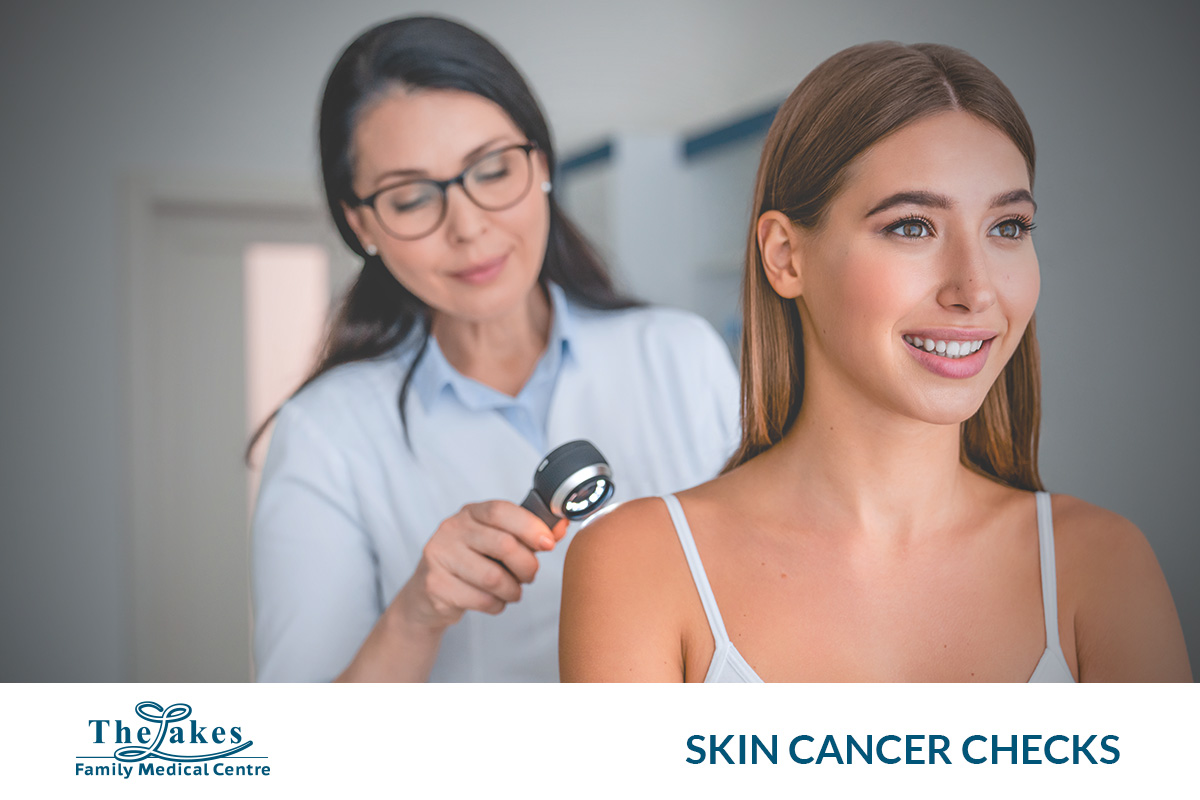
Skin cancer, the most common form of cancer globally, arises predominantly from overexposure to ultraviolet (UV) rays from the sun and artificial sources like tanning beds. However, when detected early, skin cancer is also one of the most treatable forms of cancer. This highlights the critical importance of regular skin checks as a preventive measure to safeguard your health. This article explores why skin cancer checks are essential, how to perform them, and the steps you can take to protect your skin and preserve your overall health.
🌞 Understanding Skin Cancer
Skin cancer occurs when mutations develop in the DNA of skin cells, causing them to grow uncontrollably. The three main types of skin cancer are basal cell carcinoma, squamous cell carcinoma, and melanoma, with melanoma being the most dangerous due to its ability to spread rapidly to other organs if not treated early.
🕵️♂️ The Importance of Regular Skin Checks
Regular self-examinations and professional skin checks are crucial for early detection of skin cancer. Early detection greatly increases the chances of successful treatment and can prevent the cancer from spreading to other parts of the body. Dermatologists recommend performing a self-examination monthly and scheduling a professional check annually, or more frequently if you’re at higher risk.
🔍 How to Perform a Skin Check
A thorough skin check involves examining your entire body, including areas not regularly exposed to the sun. Use a mirror to check hard-to-see areas and look for new moles, growths, or changes in existing moles. Key changes to watch for include:
- Asymmetry: One half of the mole doesn’t match the other.
- Border: Edges are irregular, ragged, or blurred.
- Color: The color is not uniform and may include shades of brown, black, pink, white, or blue.
- Diameter: The spot is larger than 6mm across (about the size of a pencil eraser), although melanomas can be smaller.
- Evolving: The mole is changing in size, shape, or color.
☀️ Protecting Your Skin
Preventing skin cancer is possible with the right precautions. Limiting sun exposure, especially during peak hours, wearing protective clothing, and applying broad-spectrum sunscreen with an SPF of 30 or higher can significantly reduce your risk. Avoiding tanning beds is also crucial, as they emit harmful UV rays that can increase the risk of skin cancer.
🚀 The Role of Technology in Skin Health
Advancements in technology have provided new tools for monitoring skin health. Digital apps allow individuals to track changes in their skin over time, providing valuable information that can aid in early detection. Dermatologists also have access to advanced diagnostic tools that can more accurately diagnose skin cancer at its earliest stages.
🤝 Working with Healthcare Professionals
A dermatologist can provide expert guidance on how often you should perform skin checks based on your risk factors, such as family history, skin type, and history of sun exposure. They can also teach you how to perform thorough checks and what signs to look for.
🌟 Conclusion
Protecting your skin from cancer is an essential component of preserving your overall health. Regular skin checks, both self-examinations and professional evaluations, are vital for early detection of skin cancer. Combined with proactive sun protection measures and the use of technology for monitoring skin changes, individuals can significantly reduce their risk of skin cancer. Remember, your skin is your body’s largest organ, and taking care of it not only keeps you healthy but can also save your life. Prioritize your skin health today for a healthier tomorrow.
Embark on whole year with a commitment to your health. At The Lakes Family Medical Centre, we’re here to guide you every step of the way. Together, let’s make this year your healthiest yet! Head to Hotdoc and book an appointment,, Start with personalised healthcare!
Learn more about The Lakes Family Medical Centre :



